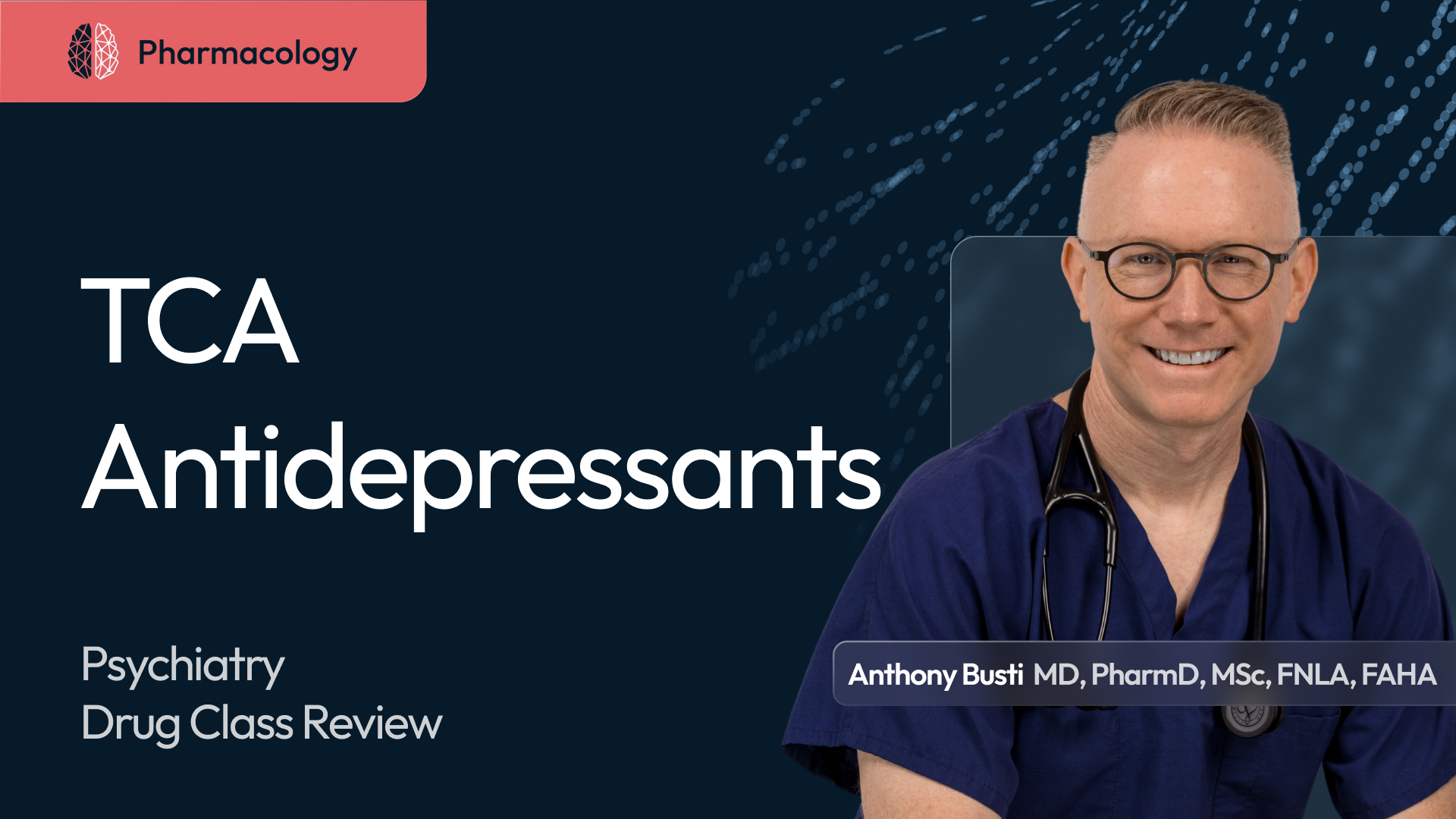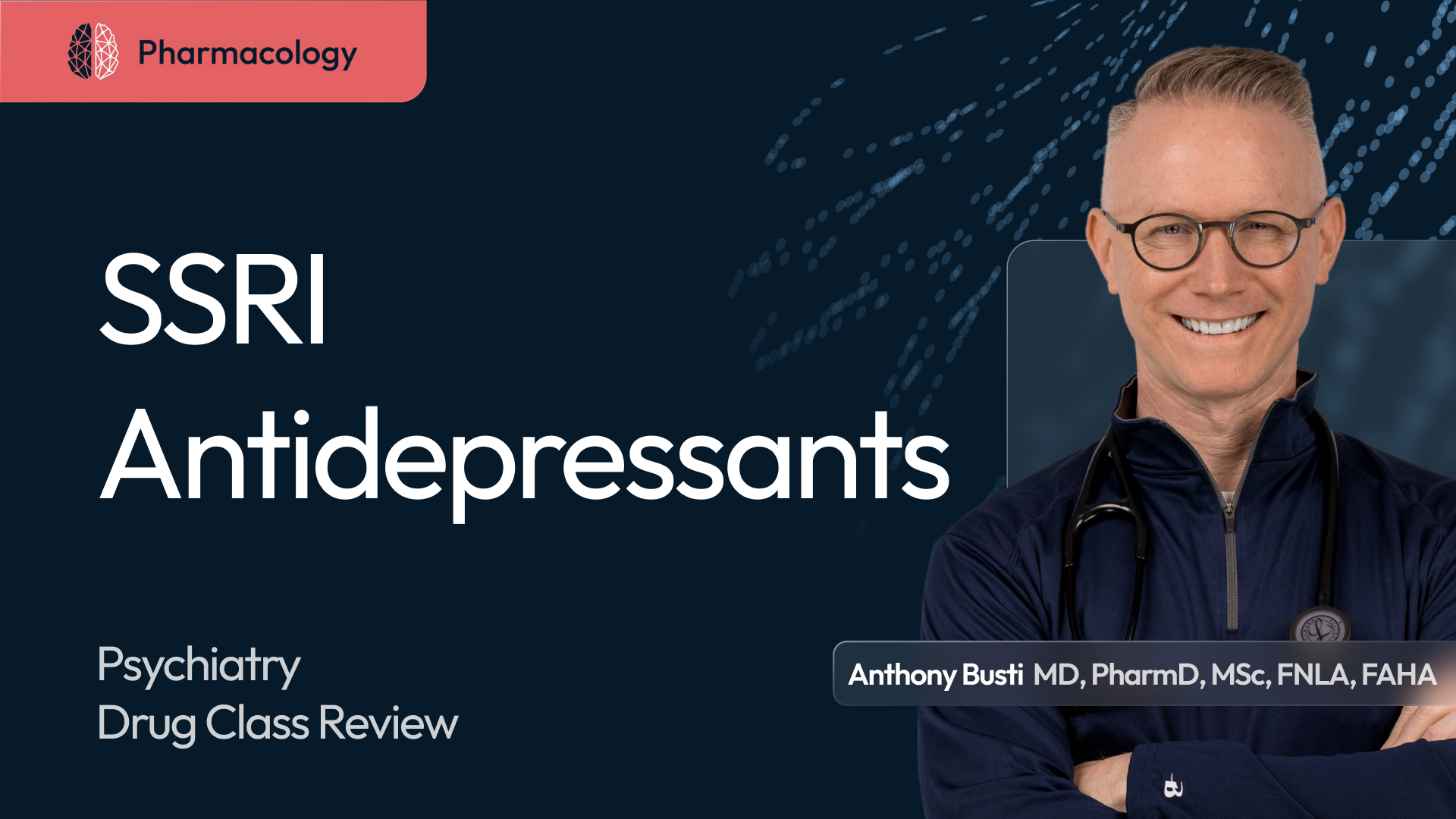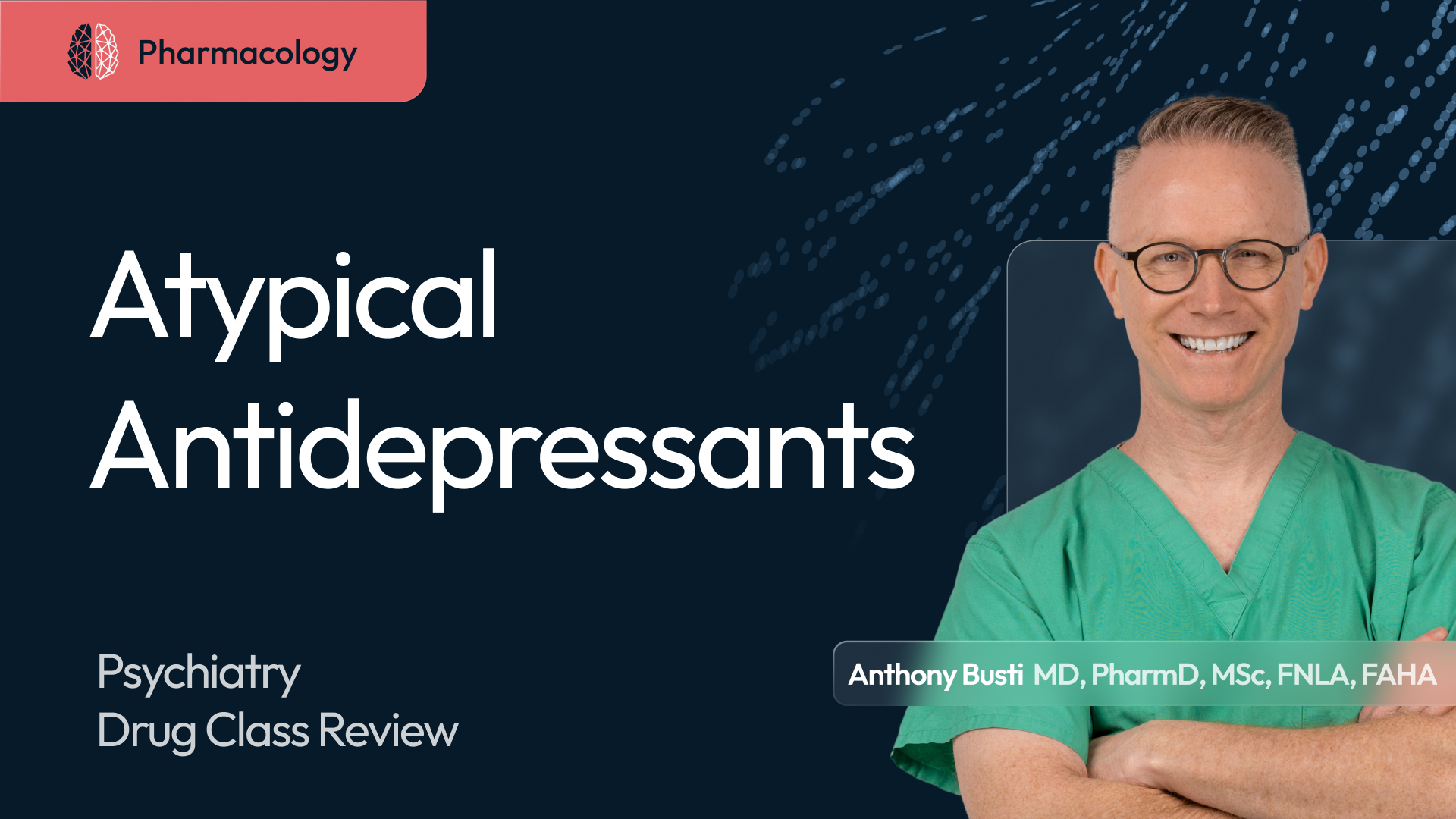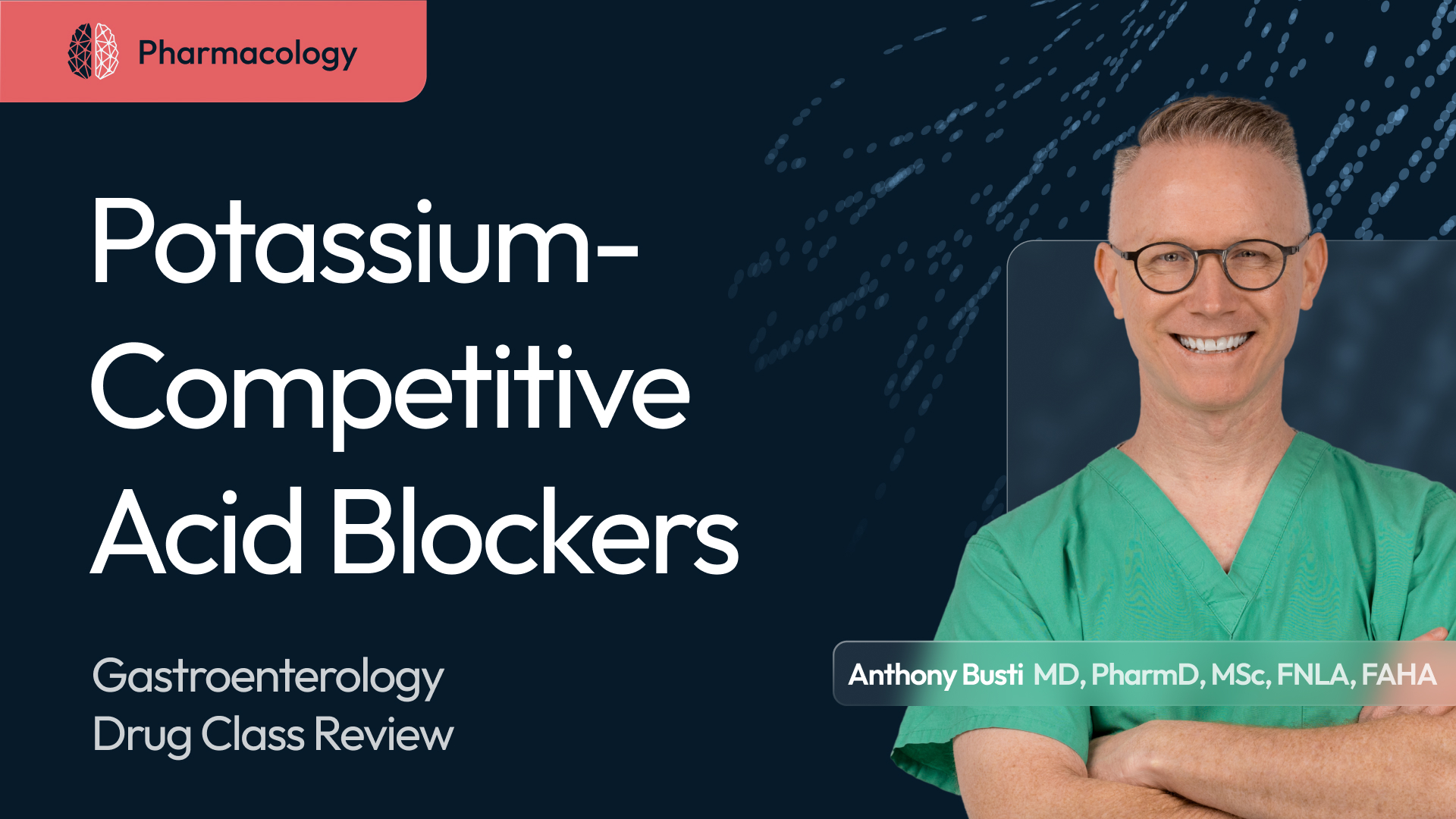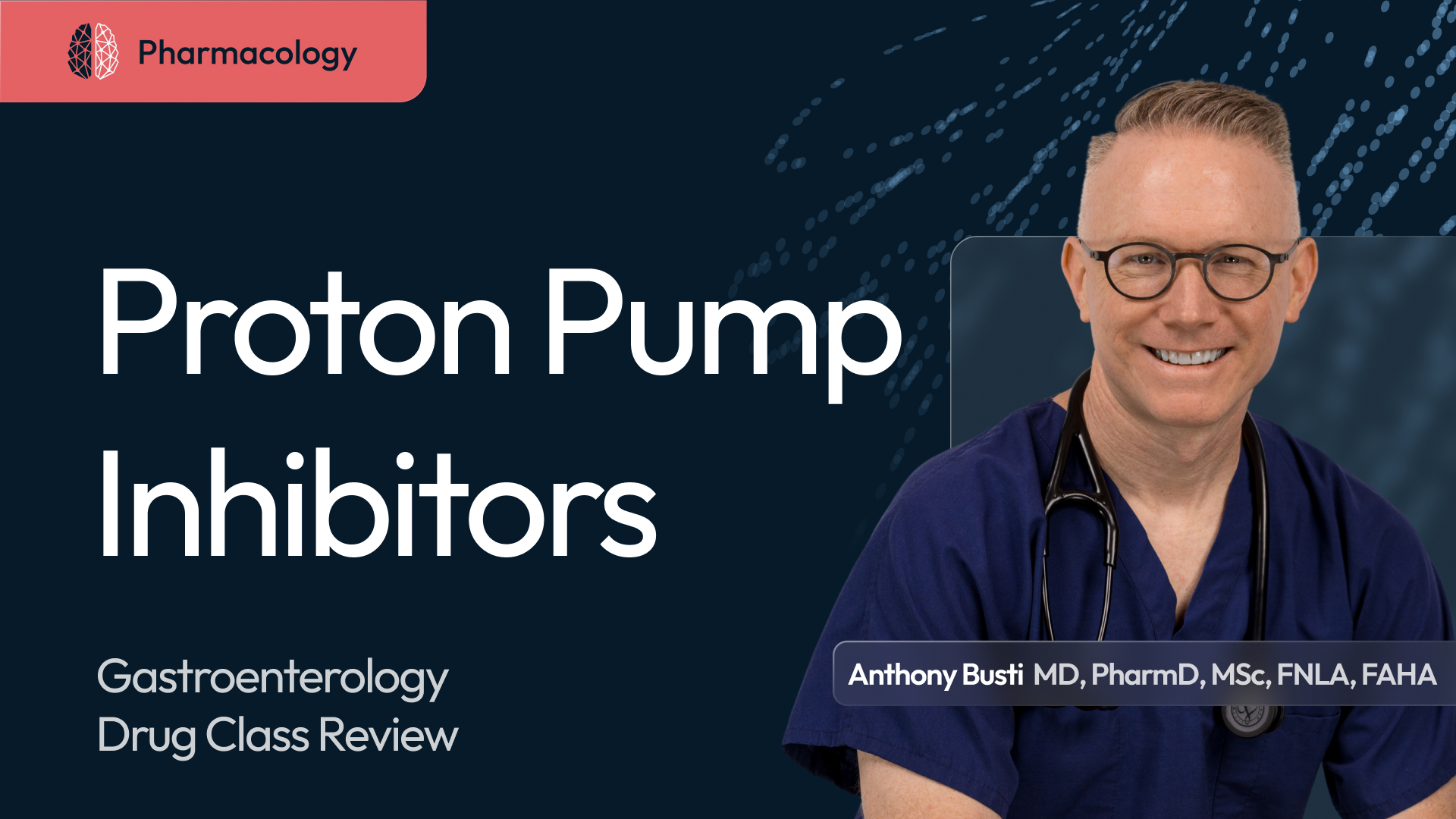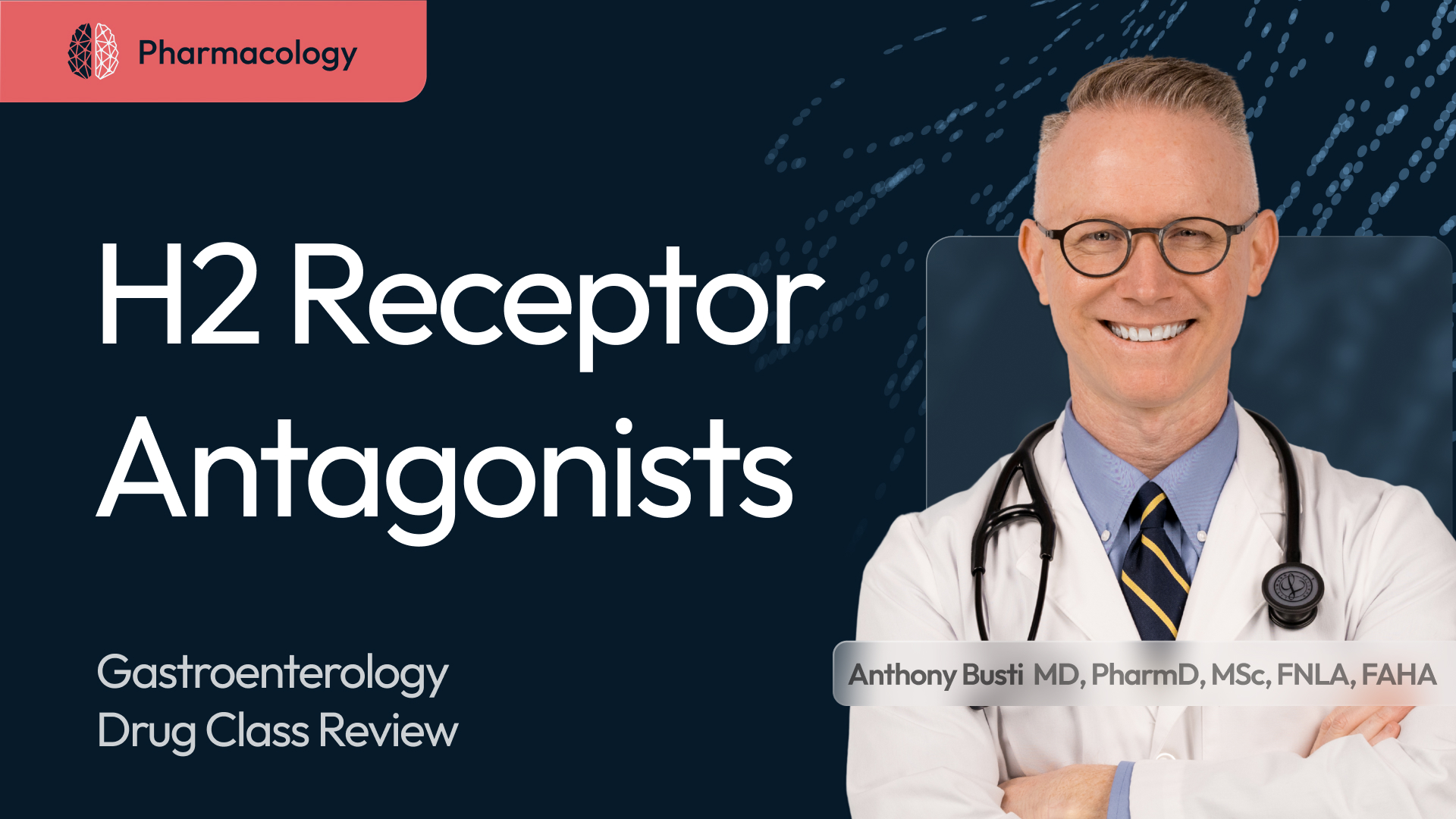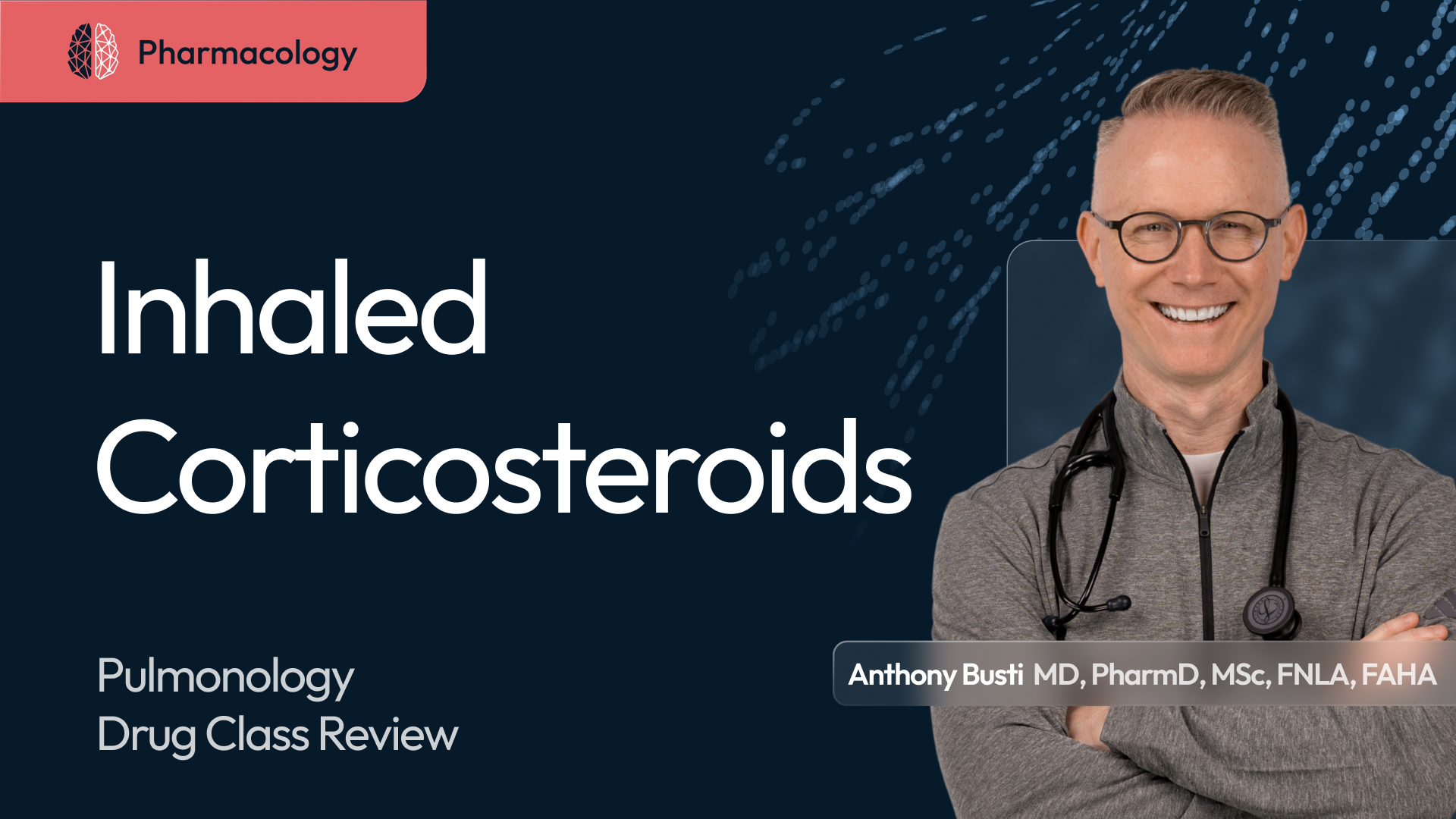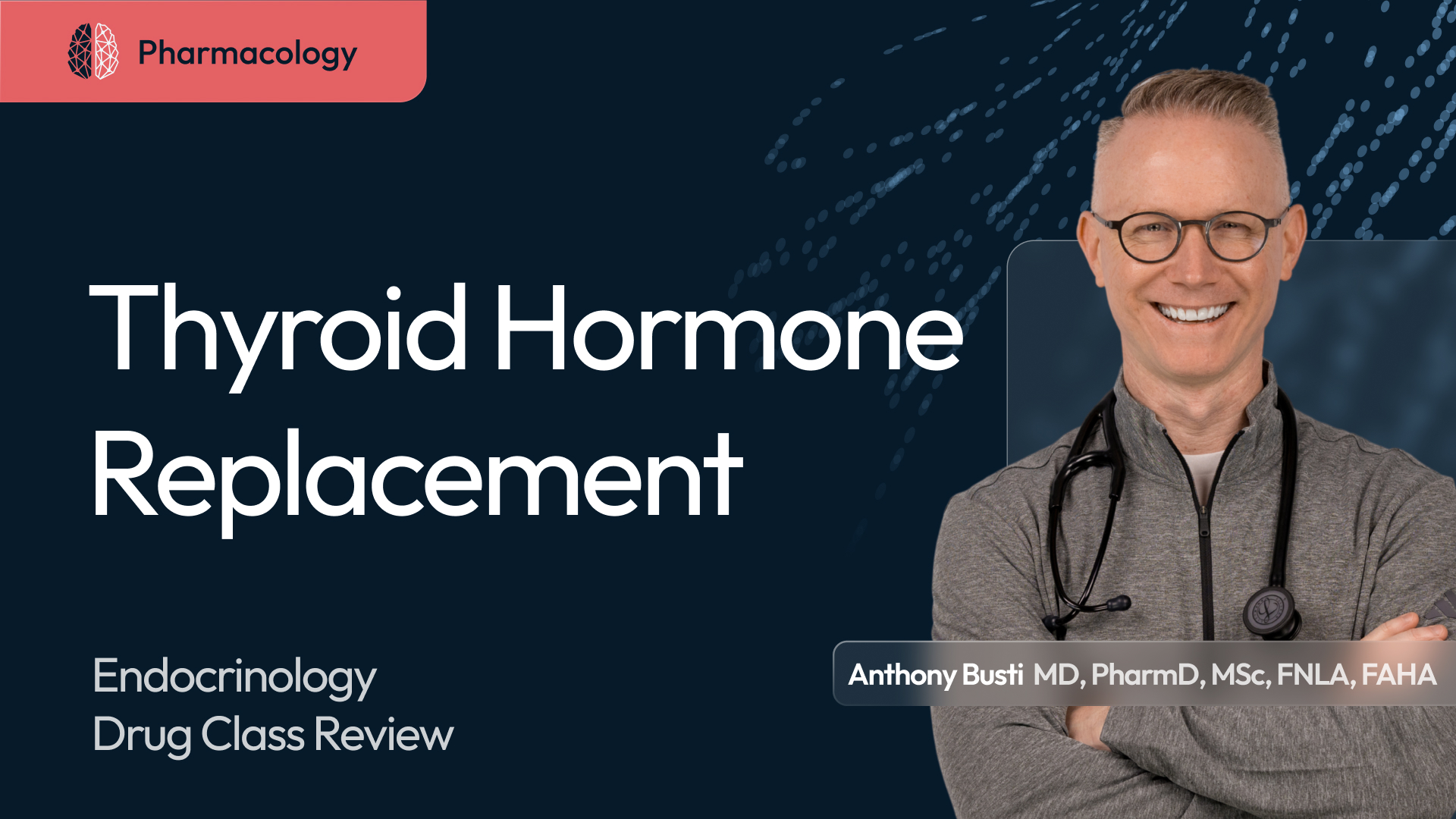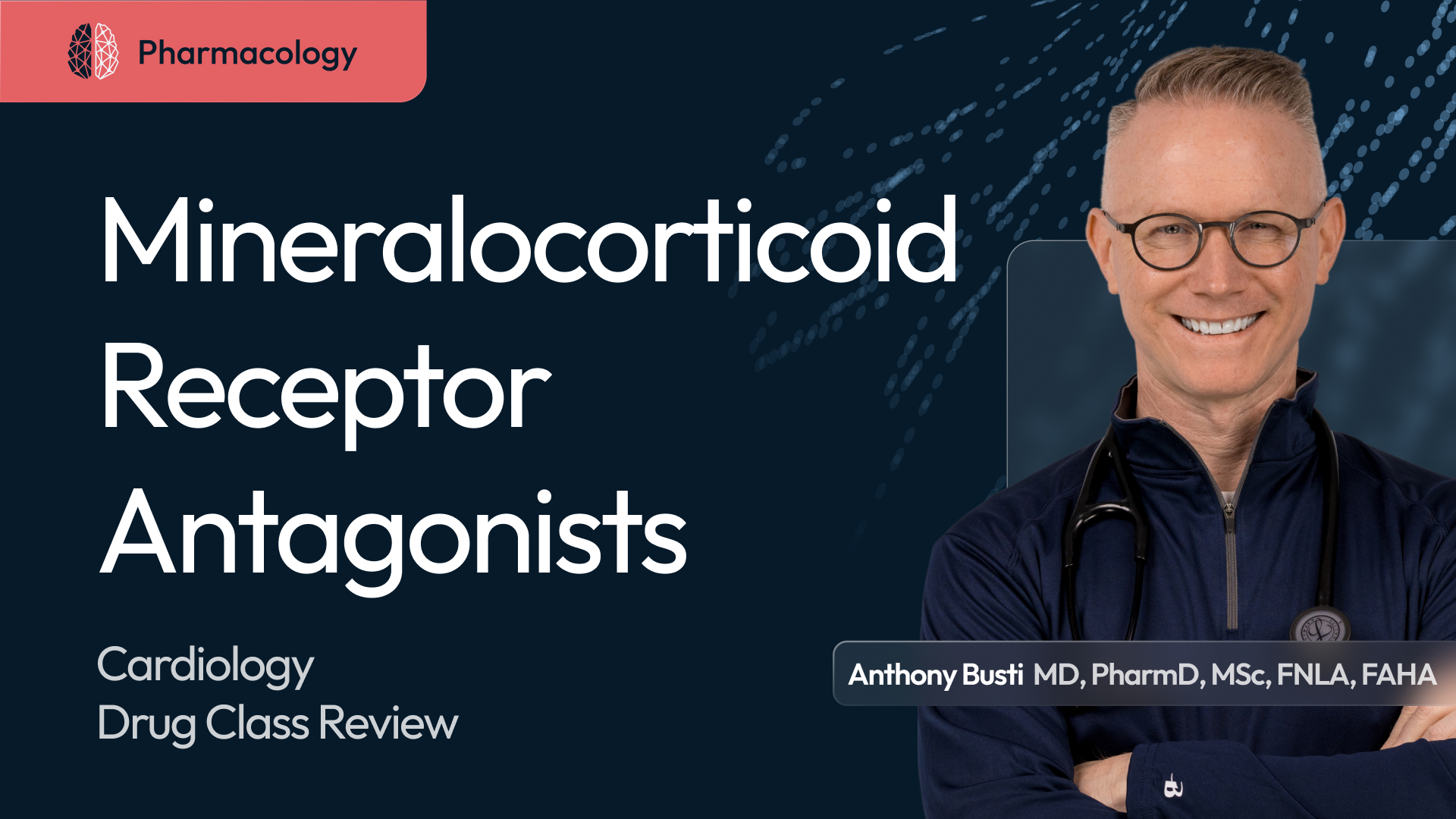MAOI Antidepressants: Pharmacology Made Easy & Clinically Relevant
MAOI antidepressants offer benefits in treatment-resistant or difficult-to-treat depression, giving them an advantage. However, they also have real side effects & drug interactions that all clinicians must know. Learn to understand by learning the why.

In this This Is Why pharmacology review, Dr. Busti demystifies the monoamine oxidase inhibitors (MAOIs)—an older but still clinically relevant antidepressant class. You’ll learn why MAOIs remain valuable for treatment-resistant depression, how they differ mechanistically from SSRIs/SNRIs/TCAs, and what safe, modern usage looks like.
We cover agents and formulations—including the practical distinction between selegiline oral (Parkinson’s disease) vs selegiline transdermal (MDD)—and walk through irreversible MAO-A/MAO-B enzyme inhibition, pharmacodynamic implications, and the rationale behind washout periods. You’ll also get crisp frameworks for drug–drug and drug–food (tyramine) interactions, hypertensive crisis prevention, and real-world monitoring and counseling (patch placement/rotation, MRI precautions, OTC/herbal pitfalls like decongestants and St. John’s wort).
Disclaimer: This content is for educational purposes only and is not intended to provide medical advice, diagnosis, or treatment. Always seek the advice of your physician or other qualified health provider with any questions you may have regarding a medical condition. Never disregard professional medical advice or delay in seeking it because of something you have heard in this content.
Chapter Table of Contents
00:00 – Introduction & Why MAOIs Still Matter
03:00 – Drug List & Formulations (Oral vs Transdermal)
06:15 – Mechanism: Enzyme Inhibition vs Reuptake
10:20 – Washouts & Switching Logic
13:30 – Indications & Clinical Role
16:40 – Side Effects & Tolerability Patterns
20:05 – Drug–Drug Interactions (Core Set)
24:10 – Drug–Food Interactions (Tyramine)
28:00 – Selegiline Transdermal: How-To
30:30 – Monitoring Plan
33:20 – Counseling Checklist
36:00 – Summary & Clinical Takeaways
More than just access—it’s where understanding deepens.
Create a free account or log in to gain access to this content!
Dive Deeper
Bonus Video (ad free)
Downloads
MAOI Antidepressants Tables
Dive Deeper
Bonus Video
Downloads
MAOI Antidepressants Tables








